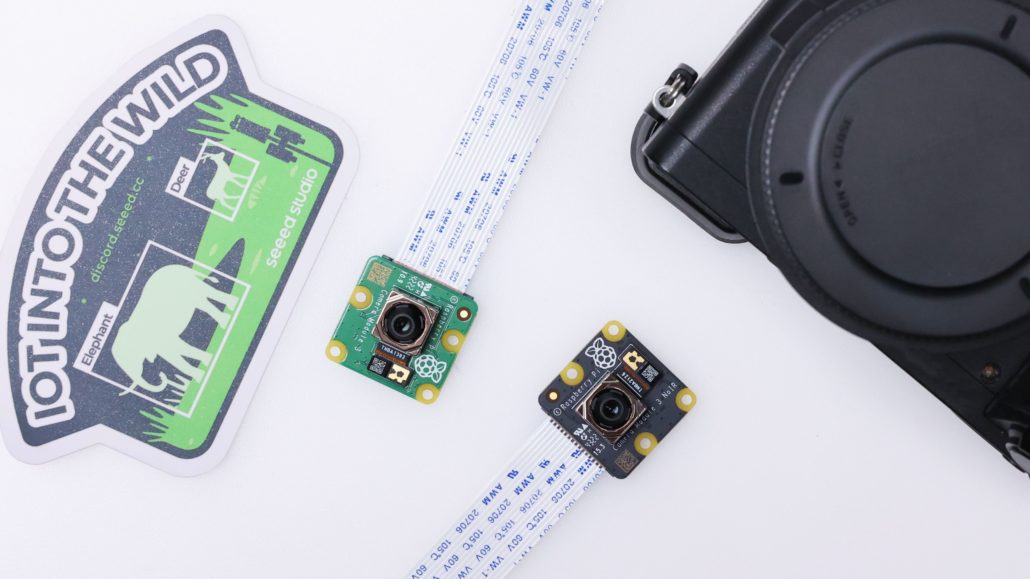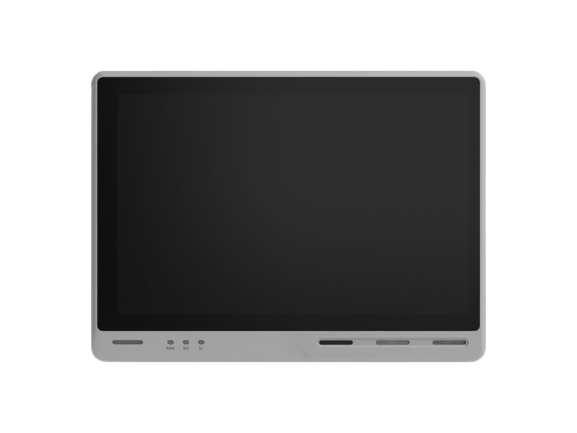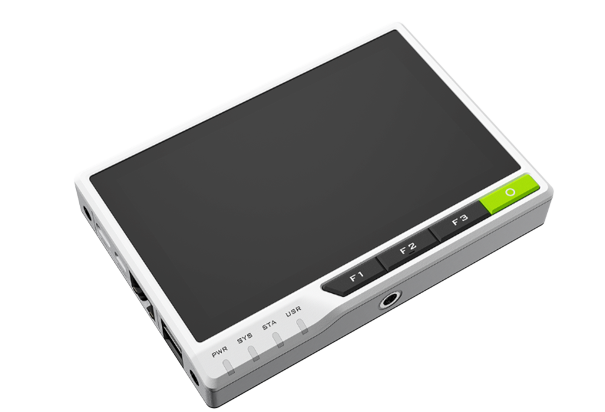Exploring the Diverse World of Raspberry Pi Cameras: Variations, Applications, and OpenCV Integration
Introduction
In the ever-evolving landscape of single-board computers, the Raspberry Pi has emerged as a powerhouse for DIY enthusiasts, hobbyists, and professionals alike. Among its impressive array of features, the Raspberry Pi Camera Module stands out as a versatile tool for capturing the world around us. This blog aims to delve into the intricacies of Pi cameras, their varied applications, a comparison of different models, and essential libraries, and a step-by-step guide on harnessing the full potential of these compact imaging devices.

The Raspberry Pi offers a range of camera modules, each designed to cater to specific needs and preferences. From the basic Raspberry Pi Camera Module to the high-resolution variants like the V3 and V2 cameras, these modules pack a punch in terms of functionality. Whether you are a photography enthusiast, a developer, or a researcher, there’s a Pi camera tailored to suit your requirements.
Here is a Comparison between Pi Cam Versions

The PiCam series offers diverse variations, including the Wide, NOIR, and HQ models. The NOIR variant distinguishes itself by omitting an infrared filter, where “NOIR” stands for “No Infrared filter.” Consequently, daylight pictures captured with this camera exhibit a distinctive appearance, but the absence of an infrared filter allows for night vision with infrared lighting.
On the other hand, the Camera Module 3 Wide boasts an impressive ultra-wide 120-degree angle of view. This feature enables your Raspberry Pi to capture a broader perspective of the world without the need for any additional lenses; it’s ready to go straight out of the box! For a comprehensive understanding of each variation and its specifications, you can refer to our website for detailed information.
PiCam and Seeed Studio Devices
reTerminal DM
In the realm of the reTerminal DM, the CSI camera interface is a valuable resource, reserved for customization to support camera functions. Notably, due to space constraints on the front panel, the use of small-sized cameras is recommended. Our extensively tested solution incorporates the Raspberry Pi camera V2.0 driver board alongside the Seeed customized camera IMX219-77. For those seeking an advanced option, we offer a pre-assembled version that seamlessly integrates a camera and a PoE module, expanding its utility for a broader range of applications. This sophisticated solution is thoughtfully designed to meet diverse needs, ensuring a hassle-free experience for users.

reTerminal
After installing the Pi Camera module on the reTerminal, several configurations are required. You can refer to our wiki guide for detailed instructions on installing the Pi Camera to the reTerminal CSI. Following the installation, adjustments to the configuration file are necessary. Rest assured, we provide comprehensive guidance on this process. Our instructions have been thoroughly tested and proven effective for all major versions of official Raspberry Pi cameras, ensuring seamless functionality.

PiCam and Raspbian OS
Raspberry Pi OS, built upon Debian 11 (Bullseye) and the latest Bookworm OS, introduces a significant shift in camera commands. In this latest release, the well-known raspistill and raspicam commands have been replaced by a new suite of open-source tools specifically designed to maximize the potential of all official Raspberry Pi cameras.
Among these changes, the spotlight is now on Libcamera, a support library compatible with Linux, Android, and ChromeOS. While initially introduced to the Raspberry Pi in a prior Raspberry Pi OS version, its prominence has surged with the modifications implemented for Bullseye.
The implementation of libcamera by Raspberry Pi goes beyond supporting the four standard Raspberry Pi cameras (OV5647 or V1 camera, IMX219 or V2 camera, IMX477 or HQ camera, and IMX708 or Camera Module 3). It also extends compatibility to third-party sensors, including the IMX290, IMX327, OV9281, and IMX378. Raspberry Pi actively encourages collaboration with vendors interested in having their sensors directly supported by libcamera.
News from Dev team
The applications within rpicam-apps have undergone a renaming process, transitioning from libcamera-* to rpicam-*. While symbolic links have been installed to facilitate continued use of the previous application names, it’s important to note that these links will be deprecated shortly. Users are strongly encouraged to embrace the new application names promptly to align with the latest updates from the development team.
Seamless Integration of PiCam with OpenCV in Python Environment
Integrating PiCam with OpenCV in a Python environment has become a nuanced process with the latest firmware update for Raspberry Pi cameras. A challenge arises in incorporating PiCam hardware seamlessly into OpenCV projects, leading us to recommend the utilization of the picamera2 library. Should you choose to install OpenCV on either the Bullseye or Bookworm OS, you might encounter this scenario. Fortunately, our informative wiki provides detailed insights and guidance for your project. We believe it can greatly benefit your endeavor, offering a starting point to tackle computer vision problems effectively. Feel free to explore the guidance and kickstart your project with confidence.


